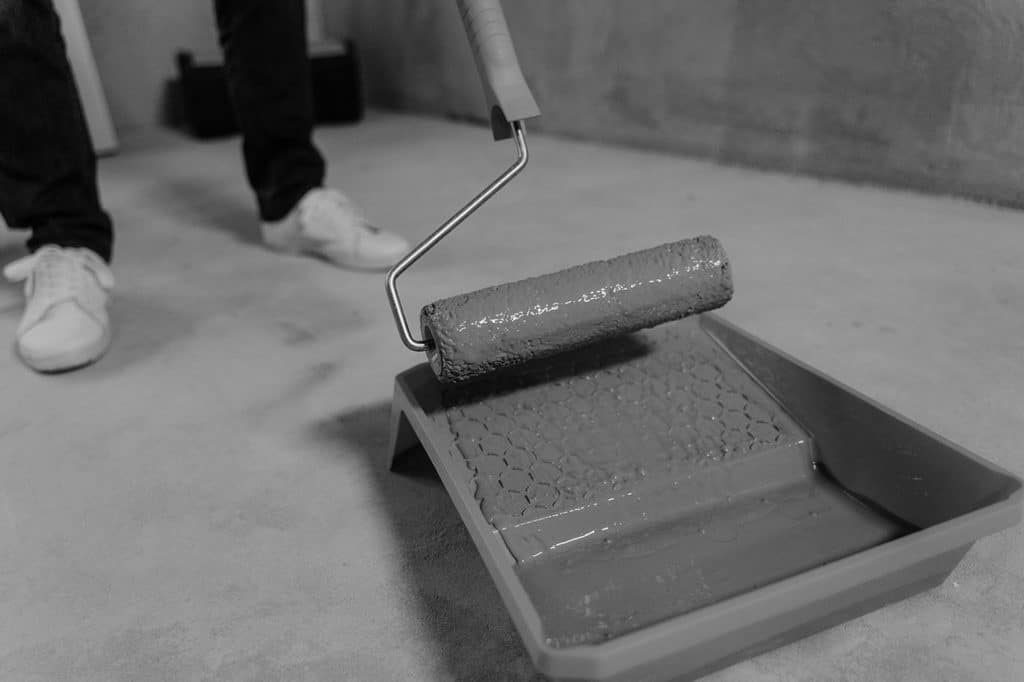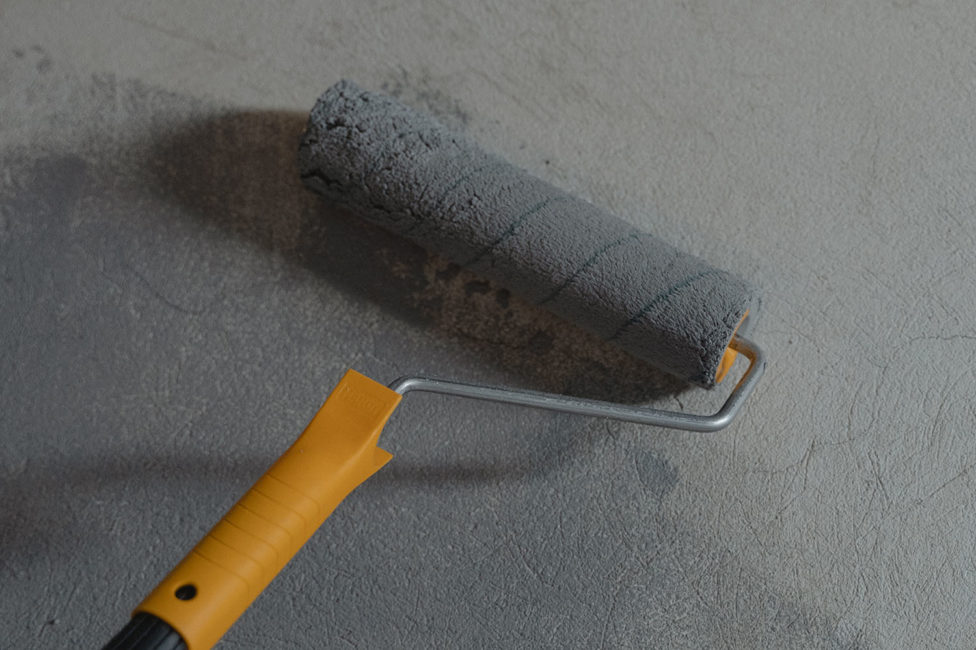If you like working with your hands, have good attention to detail, work well under pressure and have basic knowledge of public safety, you could thrive as a painter. Qualified painters apply paint, varnish, and wallpaper to interior and exterior surfaces in residential and commercial settings. Market research organisations have projected that the painting and decorating sector will grow moderately over five years. As a result, more job opportunities will likely become available.
The state of Painting Apprenticeships in Australia
Currently, the industry comprises almost 40,000 workers. However, the number of painters has decreased over the past five years, leading to a skills shortage. To effectively divert resources to where they are needed most, the Australian Government created the National Skills Needs List. The list is routinely updated and based on labour market research and analysis, which outlines the trades experiencing skills shortages. This list underpins eligibility for payments under the Australian Apprenticeships Incentive Program, including standard incentives, support for adult Australian apprentices, rural and regional skills shortage incentives, and Trade Support Loans. Painting Trades Workers are currently on the National Skills Needs List, meaning apprentices may be eligible for financial support.

How did COVID-19 affect Painting Apprenticeships?
The COVID-19 pandemic massively disrupted apprenticeships in Australia, including painting and decorating. The Australian Government invested $1.3 billion into the Supporting Apprentices and Trainees stimulus package in response to the crisis. Thankfully, apprenticeship commencements are now increasing. The National Centre for Vocational Education Research (NCVER) found that the number of apprenticeship commencements in trades rose by 27.4 per cent compared to 2020. Furthermore, the construction trades, including painting, saw a 36.3% increase in commencements between 2020 and 2021.
Typical duties of a Painting Apprentice
Those completing a painting apprenticeship will work both on and off the job to learn the necessary skills to become a qualified painter. Typical duties include:
- Reading and interpreting plans.
- Calculating costs of construction work.
- Carrying out measurements and calculations.
- Applying paint by brush and roller.
- Applying paint by spray.
- Preparing existing coated surfaces for painting.
- Working safely with lead-painted surfaces.
Please note that the above list is not exhaustive. You can find out more information about the typical duties of a painting apprentice on the Australian Apprenticeship Pathways website.
Typical entry requirements
To undertake an apprenticeship, employers require trainees to complete Year 10 in line with the legal school leaving age. Ideally, apprentices should enjoy practical work, have a good sense of balance, feel comfortable working at heights and work independently and as a team.
Qualified Painter average wage
According to Job Outlook, an initiative created by the Australian Government National Skills Commission, the median full-time painter receives $1,371 weekly before tax. However, the average hourly wage of a qualified painter varies by state.
Sydney, New South Wales: AU$29.84 per hour.
Melbourne, Victoria: AU$27.72 per hour.
Brisbane, Queensland: AU$28.83 per hour.
Darwin, Northern Territory: AU$30.72 per hour.
Perth, Western Australia: AU$29.67 per hour.
Canberra, Australian Capital Territory: AU$28.80 per hour.
Hobart, Tasmania: AU$25.55 per hour.
How to become a painter
In Australia, most qualified painters complete an apprenticeship. According to Job Outlook, 57.5 per cent of skilled painters undertook either a Certificate III or IV apprenticeship.
An apprenticeship in painting and decorating gives young people the opportunity to join a skilled trade both on and off the job. Additionally, there is significant demand for more painting tradespeople in Australia, meaning more job vacancies are becoming available. Once qualified, painters can specialise in a specific work area, including but not limited to painting domestic homes or focusing on industrial structures.
How to find a Painting Apprenticeship
Now you have decided that you would like to undertake a painting apprenticeship, contact the Australian Apprenticeship Support Network. Apprenticeship Network providers offer tailored advice and support services to help apprentices complete their painting courses and access help when they need it. Once you decide to undertake an apprenticeship, providers help you find an employer and registered training organisation to complete your course. Additionally, they will provide you with a legally binding training contract for both parties to sign. If required, they will also help you access financial support such as a Trade Support Loan.
If you require more information, Australian Apprenticeship Pathways provides useful resources to help you find a painting apprenticeship. The organisation offers a variety of helpful resources, including the work type explorer tool, job hunting advice and practice aptitude quizzes to determine if an apprenticeship is right for you.
If you’d like to undertake a painting apprenticeship, please know that the training will take approximately 48 months to complete in every state.
To become a qualified painter, you will need to complete a relevant Certificate III qualification:
Certificate III in Painting and Decorating (CPC30620)
A Certificate III in Painting and Decorating involves applying paint and wallpaper and adding varnish and other finishes to interior and exterior surfaces in residential and commercial buildings and structures. Additionally, you will prepare surfaces, remove old wallpaper and paint, repair surface damage, mix and thin paint and apply wallpaper to walls. The apprenticeship would suit an individual that enjoys practical work, is physically strong and has good attention to detail.
Please visit the Australian Apprenticeship Pathways website to find out more about painting apprenticeship pathways. On the website, you will find a summary of training, job pathways information and testimonials from former painting apprentices.


